
Date: July 5-10, 2015
Barcelona, Spain
Abstracts:
We have found how the exchange bias field depends on the thickness of the antiferromagnetic IrMn layer – it is a non-monotonic dependence with maximum (exchange bias field of 107 Oe) at the antiferromagnetic layer thickness of 10 nm. Also dependence of the exchange bias blocking temperature on the thickness of the antiferromagnetic layer was obtained. We have observed that the decreasing of the antiferromagnetic layer thickness leads to decreasing of the blocking temperature. The thickness of 5 nm is a critical one for appearance of the exchange bias in the studied trilayered structures at room temperature. These results were explained in the terms of sizes of antiferromagnetic grains which were estimated by atomic force microscope.
In this abstract we report on the results of investigation of the glass-coated microwires with different ratios of the diameters d/D 0.4÷0.8 prepared by the Taylor-Ulitovsky technique from Ni49,5Mn25,4Ga25,1 Heusler alloy. Fabricated microwires were annealed at 773 K for 30 min to establish the structural ordering. Magnetic properties of the annealed microwires were investigated by vibrating sample magnetometer in the temperature range 77-450 K in the magnetic fields up to 12 kOe. Hysteresis loops were observed for two positions of the microwire (with the axis directed along and perpendicular to the magnetic field direction). Martensitic transitions were detected by differential scanning calorimetry method in the temperature range 150-450 K and by collecting magnetization vs temperature curves in the different magnetic fields (10 Oe, 1 kOe and 10 kOe).
All measurements were repeated for the same piece of the microwire after the glass-coating removal to determine the influence of the internal stresses induced by the glass coating. It has been shown that the internal stresses affects considerably magnetic properties of the microwires that results in the decreasing of the magnetization and in the shifting down of the Curie temperature for about 10 K and of the temperature of the structural transition by 8 K.
[1] A. Vasil’ev et. al., Physics-Uspekhi, 173, № 6, 577-605 (2002)
[2] T. Kanomata et. al., JMMM. 65, 76 (1987)
This research work was aimed to find quenching and heat-treatment parameters of equiatomic Fe–Rh alloy for achieving of the extremely narrow thermal hysteresis and repeatable results. The quenching was performed in different temperature range: from 1370 K down to 990 K, from 1208 down to 790, from 1073 down to 278 K. At highest temperatures (temperature of exposition) the alloy was kept for 5-400 min. The heat-treatment was performed at 1273 K for 20-72 hours and 1100 K for 20-72 hours with cooling rate of 10 K/hour. Vibrating sample magnetometer by Lake Shore was used for measurements of magnetic moment versus temperature in range of 100-950 K. The optimal parameters of quenching and heat-treatment were determined to observe thermal hysteresis of 15 K. The increasing of the temperature of exposition time leads to decreasing of temperature of transition на 14 K.
In this work we investigated the magnetoelectric effect in planar composite structures consisting of 3 layers: piezoelectric layer located between two ferromagnetic layers. Piezoelectric material was the same for all structures – Vibrit 1100. Three different types of cobalt-iron alloys were used as ferromagnetic layers. Three-layered structures based on different magnetic materials had various thicknesses: Vacoflux 48 – 0,2 mm, Vacoflux 50 – 0,35 mm and Vacodur 50 – 0,3 mm. The magnetoelectric properties of the three-layered structures with cobalt-iron alloys were compared with three-layered structure with nickel. Magnetoelectric effect was measured using the technique of harmonic modulation of magnetic field. Constant magnetic field was varied in range from 0 to 3000 Oe, amplitude of applied alternating magnetic field was 0-10 Oe and frequency range was 0,1-223 kHz. Resonances were observed at a frequencies of 212,38 kHz, 206,36 kHz, 217,5 kHz and 217,12 kHz for the structures with Ni, Vacoflux 48, Vacoflux 50 and Vacodur 50 layers, respectively. The values of magnetoelectric effect were found to be larger for three-layered structures with cobalt-iron alloys. The magnetoelectric effect magnitude for structure with Ni-ferromagnetic layer was only 0,41 V/(cm*Oe) while the largest magnetoelectric effect value for cobalt-iron alloys structures was 10,25 V/(cm*Oe) – for multiferroic based on Vacoflux 48 material.
Investigated microwires (d ~ 2.5-20 µm and d/D ~ 0.1 -0.8) were made from Fe-based alloy and have magnetic bistability. We investigated the magnetostatic properties of the microwires of different lengths using VSM. The length of microwires changed from 2 to 0.05 cm. The measurements of the magnetostriction coefficient were measured by small angle magnetization rotation method. We found that magnetostatic and magnetostrictive properties are changing under the influence of both d and d/D. We established that the influence of d/D on the magnetic properties is varied at different d and magnetic parameters (magnetostriction coefficient, coercivit) have non-monotonic dependence on d/D and d. The measured value of the magnetostriction coefficient was found to be 7*10-6 – 1*10-6 when d changes by a few µm . In addition, we demonstrated the strong joint influence of d/D and d on the critical length of the bistability. The smallest length was found to be 0.2 cm for the microwires with largest d/D and smallest d.
The partially covered microwires are very promising for creation of the actuators. The first results of the investigation of the partially covered microwires demonstrated the dramatic difference between the magnetization reversal processes of the microwires with various continuousness. Particularly, the typical step-like behavior of the hysteresis loop for the fully covered microwires disappeared for the partially covered ones. The aim of this work was to analyze and compare magnetic behavior of partially and fully covered microwires and to establish the influence of the continuousness and thickness of the shell on the core/shell magnetostatic coupling. Partially and fully covered microwires were fabricated by combined quenching and drawing techniques and electroplating. The core and the shell were prepared from FeCo-,Fe-based and CoNi,FeNi materials, respectively. The cores have similar diameters. The shell has thicknesses ranging from hundreds of nanometers up to 5 micrometers. Magnetic measurements were carried out at room temperature by VSM. In both cases, the magnetostatic coupling of the magnetic phases results in appearance of the features on magnetization curves. The stray fields of the magnetic phases were estimated using the COMSOL for both types of microwires. The value and the distribution of these fields explain the mentioned difference. The increase in the shell thickness diminishes the difference between the magnetization processes.
Continuous improvements in nanofabrication and nanocharacterization capabilities have changed predictions about the role of the metals in the development of the new optical devices and in particular of the Surface plasmon resonance (SPR) sensors. One way of increasing of the sensitivity of the SPR sensors is using of the magneto-optical (MO) effects. Using of the magnetoplasmonic crystals (MPlC) – subwavelength periodical structures made of noble and ferromagnetic metals allows one to modify MO properties by excitation of the surface plasmons at resonant conditions. Optical response of the MPlCs strongly depends on the magnetization and consequently on the magnitude of the external magnetic field. This fact allows one to design and fabricate magnetic field detectors based on this effect.
MPlCs were fabricated by ion beam sputtering of the noble (gold or silver) and ferromagnetic (iron or nickel) metals on the substrates with different spatial profiles. After the fabrication, atomic force microscopy images of the surface were obtained in order to determine parameters of the spatial profile. Magnetic properties were measured by VSM at room temperature. MO properties were measured by a homemade setup consisting of a halogen lamp with a monochromator as the light source, Glan-Taylor prism as the polarizer and a photomultiplier tube with a lock-in amplifier as the detector.
Investigation of the magnetic properties showed a non-linear dependence of the coercive force (16 – 300 Oe) and saturation magnetization (16 – 1300 Oe) on thickness and material of the ferromagnetic layer. Changing the magnetic properties it is possible to control the sensitivity and working range of the magnetic field detector based on MPlC. Dependences of MO response showed that signal-to-noise ratio is more than 200 and sensitivity is about 10-6 Oe. Summarizing, in this work a new type of the magnetic field detector and a way to control its parameters are represented.
Our main aim in this work was to evaluate the effect of two coatings (DMSA and PEG) on two important parameters related to the risks associated to the particles: the hematotoxicity of the particles and the degradation process in different tissues. For this purpose, in vivo experiments were performed by administration of a single dose of particles to a rat model and analysis of blood and organs at different times during 30 days after administration. The hematotoxicity tests showed that, at this low dose, the particles do not affect erythropoiesis or increase the number of immature erythrocytes in the bone marrow. Interestingly, DMSA coated nanoparticles showed a significant effect on the leukocytes counts 24 h after injection that was not observed if the particles were coated with PEG. The transformations of the particles in tissues were followed by AC magnetic susceptibility measurements. Due to their iron-containing core, MNPs accumulated mainly in spleen, liver and lungs tissues, where they were quickly metabolized by the animals. In particular, the DMSA coated particles were not longer observed in the tissues 24 h after their administration. Consequently, an increased amount of ferritin, the iron storage protein, was found in liver tissues in comparison with the control ones, suggesting a rapid metabolization of maghemite into ferritin iron. The PEG coating slowed the degradation process, and particles coated with this compound were still detectable in several organs 24 h after their administration.
Knowledge on the toxicity, biodistribution, and degradation processes of these materials is fundamental for their safety evaluation before their use in biomedical applications.

“20th International Conference of Magnetism 2015 (ICM’15)”









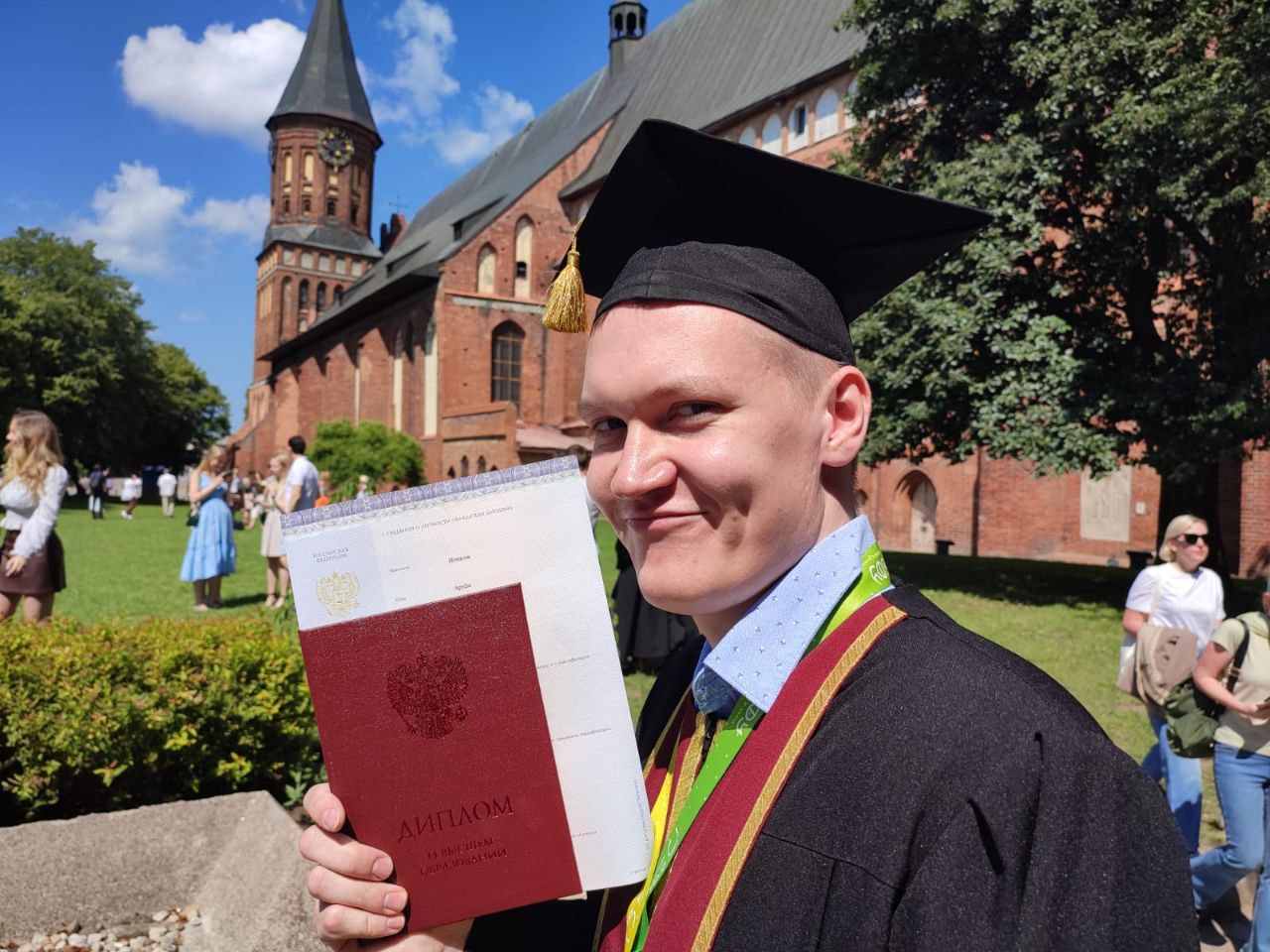


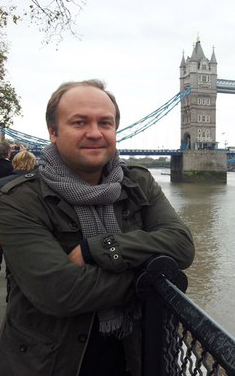






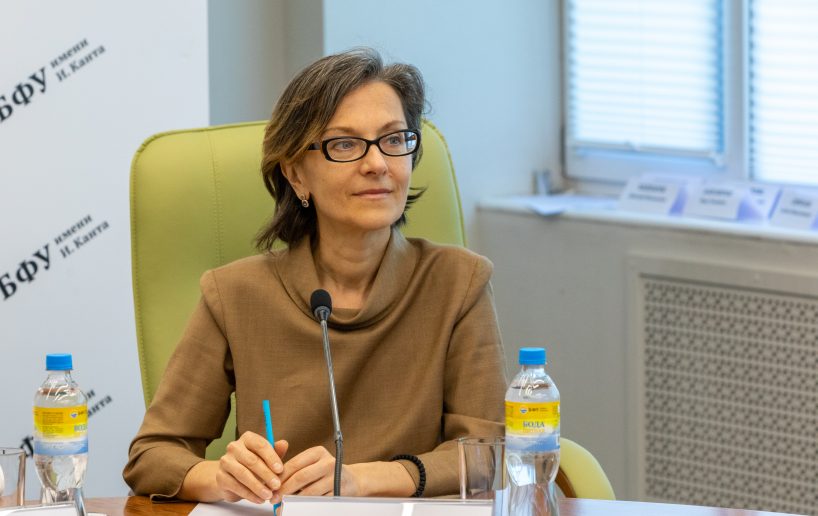
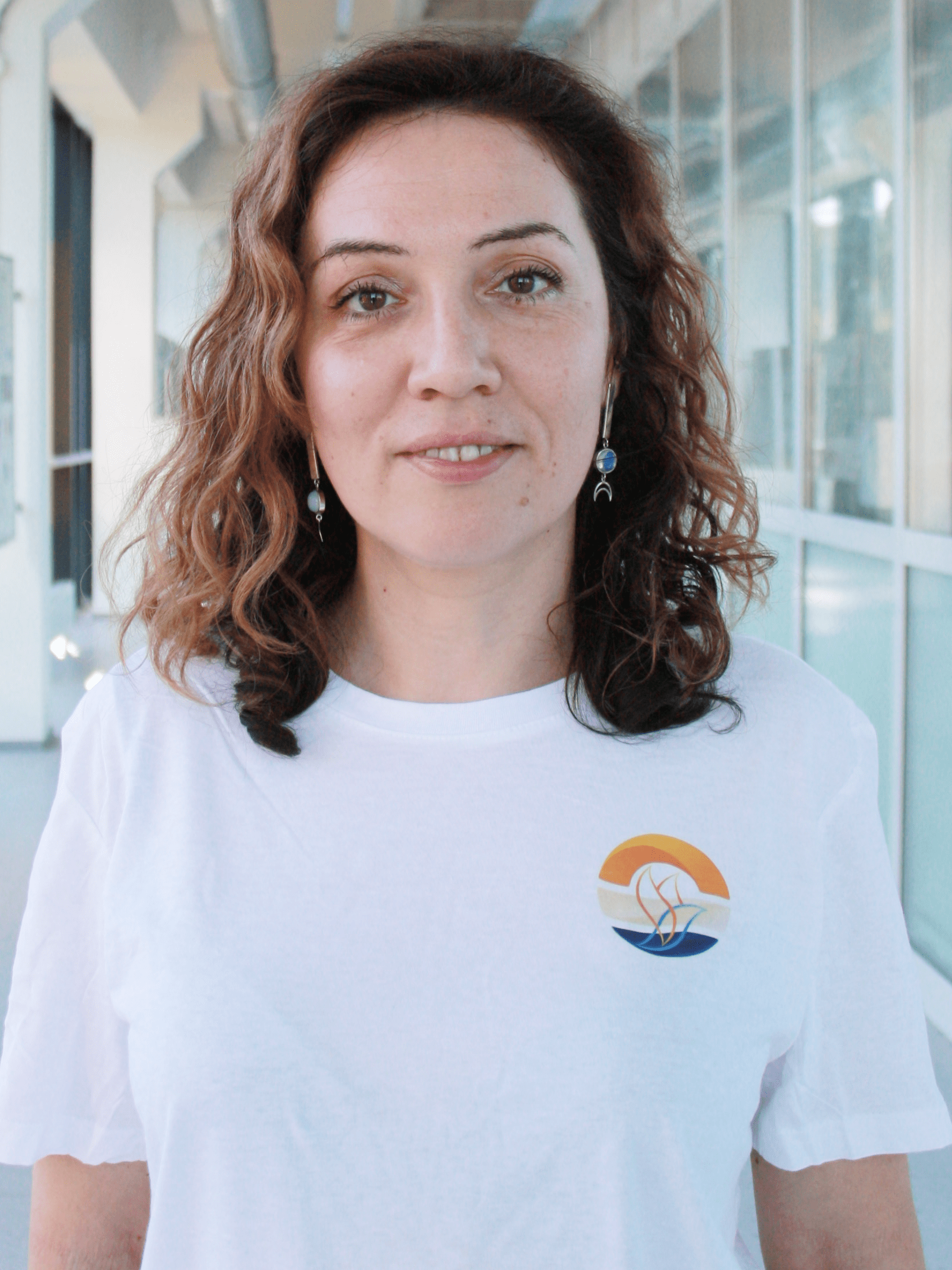
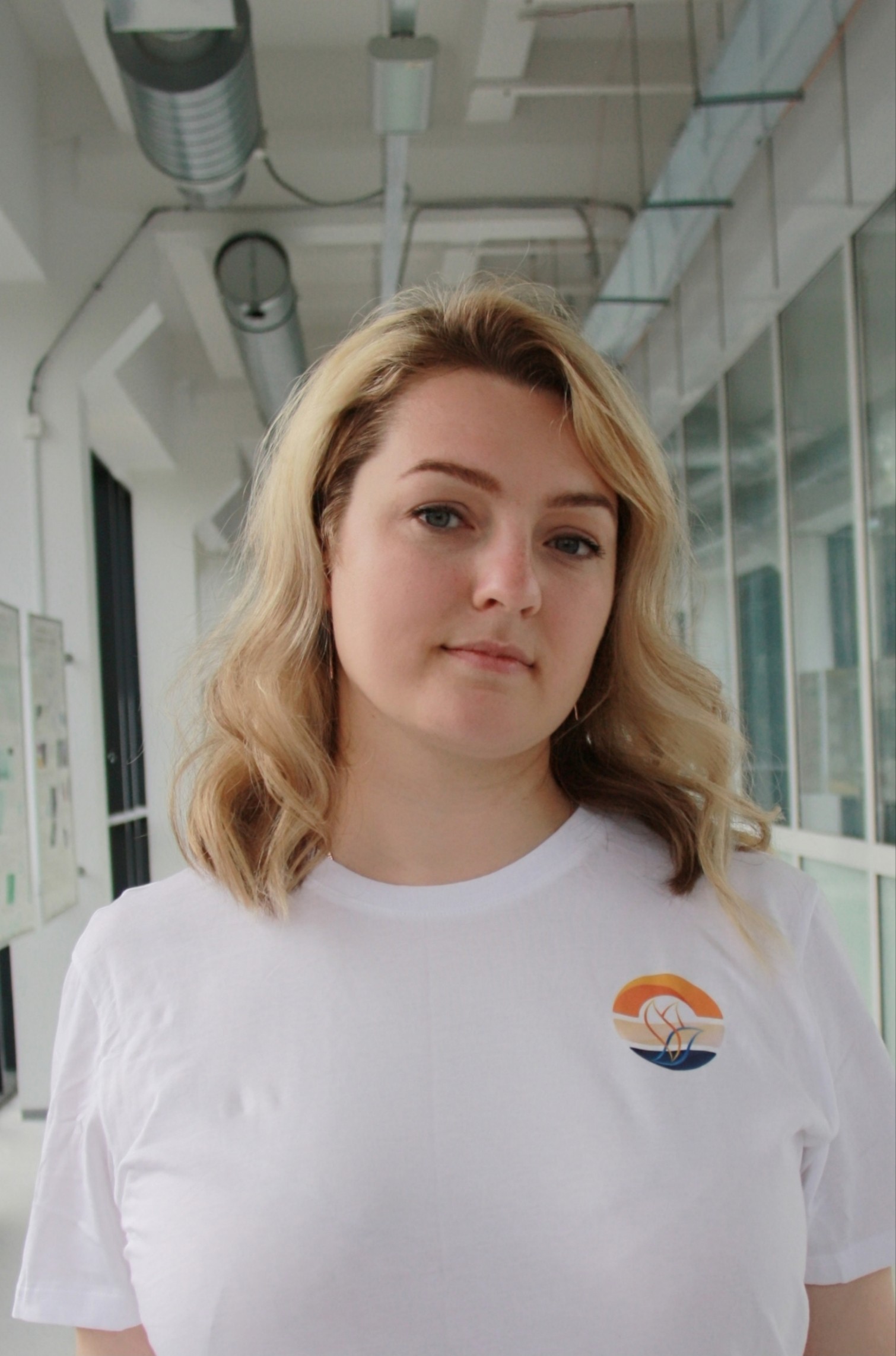





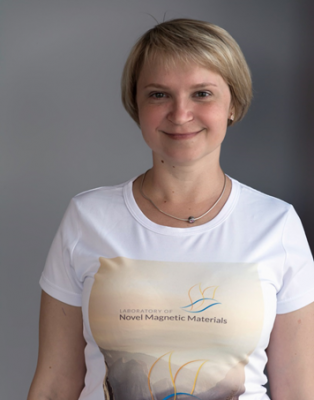





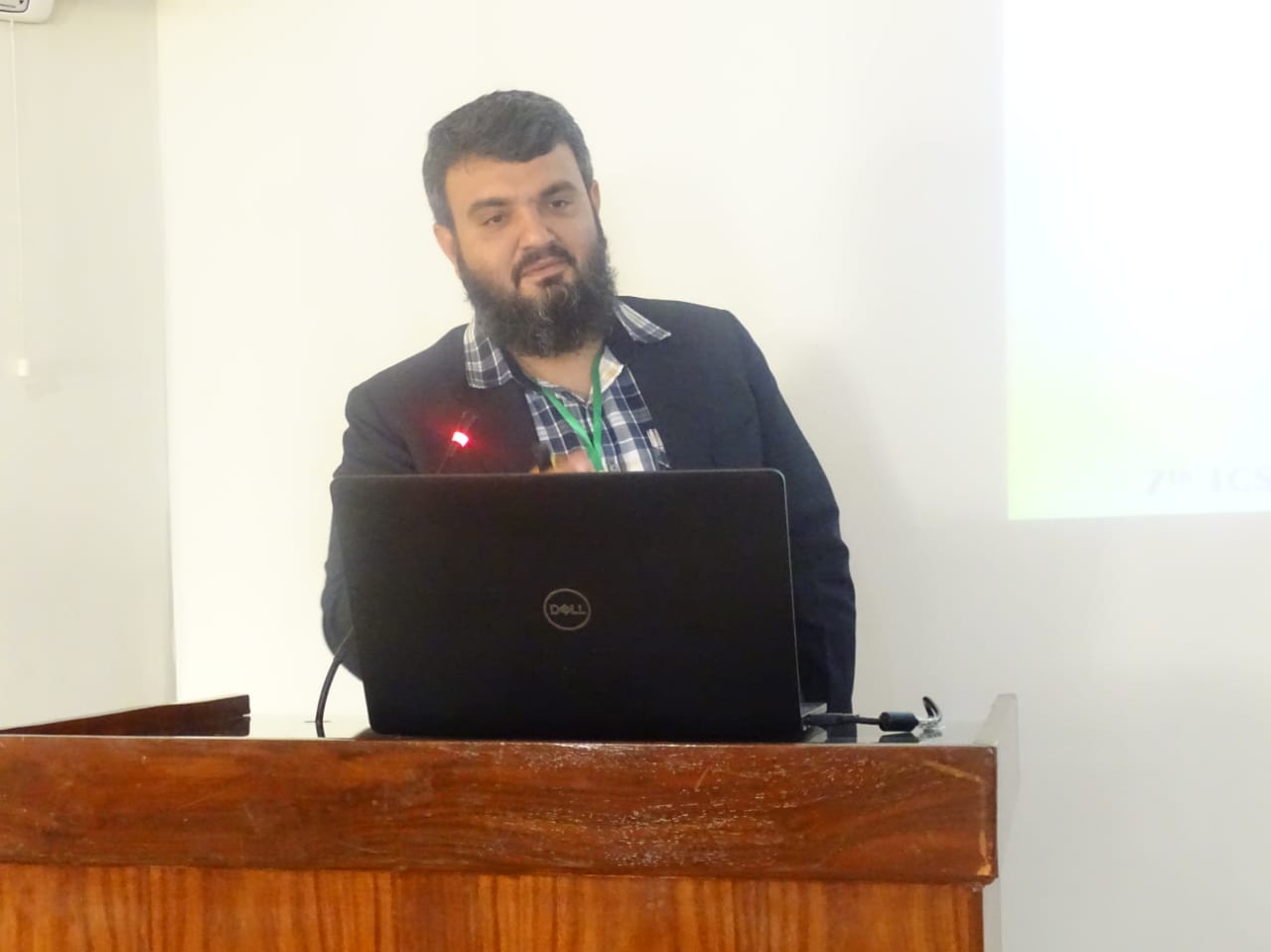
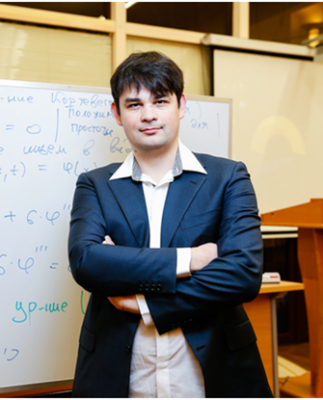






Pingback: Conferences | Laboratory of Novel Magnetic Materials